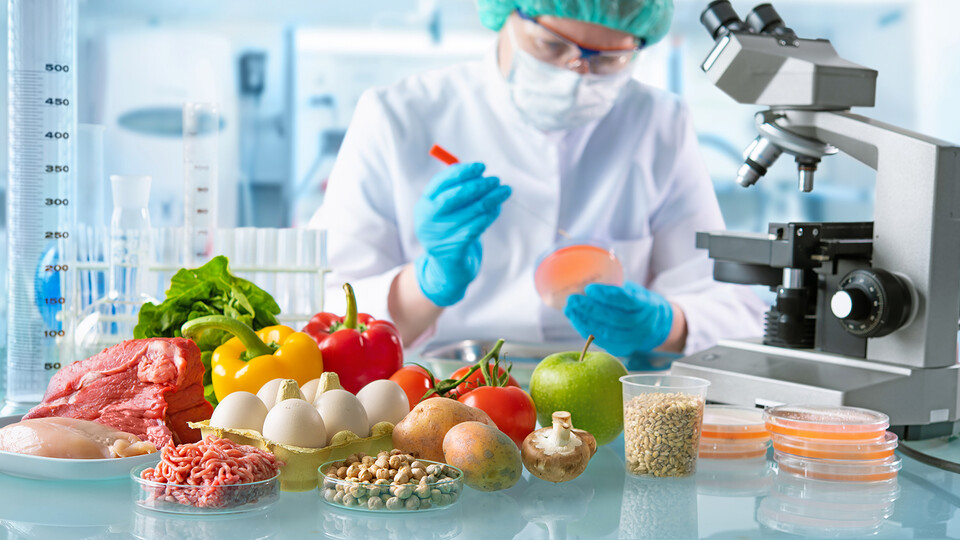Food Science and Technology,

Department of Food Science and Technology: Faculty Publications
Document Type
Article
Date of this Version
3-30-2015
Citation
Schocker et al.: Maternal transfer of the most potent peanut allergen Ara h 2 into human breast milk in a German cohort. Clinical and Translational Allergy 2015 5(Suppl 3):P24.
Abstract
Background Peanut allergy is known to be one of the most severe food allergies. The aim of our breast milk study was to investigate the transfer of the most potent peanut allergen Ara h 2 into human breast milk in a German cohort. Therefore, the time courses of appearance after ingestion, the potential risk of sensitization to peanuts via breast milk in Germany and, if possible, the way Ara h 2 will be processed in vivo after secretion into breast milk was studied.
Methods Of 32 lacating, non-peanut allergic women, breast milk samples were collected at different time points after ingestion of 100 g dry roasted peanuts (approved by the local ethics committee). Breast milk samples were analysed for peanut protein in SDS-PAGE, Western blot and ELISA (Neogen Veratox ELISA® and an ELISA against digestion resistant Ara h 2 (DRP-Ara h 2)). Natural Ara h 2 was digested by Enzynorm f® and Kreon® to mimic the effect of the combined gastric and duodenal digestion in vivo and, subsequently, analysed by N-terminal sequencing and MALDI TOF MS.
Results Ara h 2 was undetectable using Western blot. Performing the Neogen Veratox ELISA® against crude peanut extract peanut proteins still remained undetectable. However, Ara h 2 was identified by an ELISA against DRP-Ara h 2 in 8/32 women (25 %) at different concentrations and time points of appearance. To assess the way Ara h 2 is processed in vivo, natural Ara h 2 was digested into several digestion resistant immunoreactive peptides <15 kDa after treatment with Enzynorm f® and Kreon®, and a 12 kDa fragment was identified by N-terminal sequencing and mass spectrometry corresponding to the middle part of Ara h 2.
Conclusions After maternal ingestion Ara h 2 is secreted into breast milk in our German cohort in 25 % of the volunteers, individually either rapidly (after 1h, 2h or 4 h) or delayed (after 8h or 12h) and in different concentrations. To study Ara h 2 or Ara h 2 peptides that survive digestion and pass into human breast milk antibodies against the 12 kDa fragment are now raised for enrichment strategies to characterize these sensitizing or tolerogenic peanut structures in our breast milk samples.


Comments
© 2015 Schocker et al; licensee BioMed Central Ltd. This is an Open Access article distributed under the terms of the Creative Commons Attribution License. Used by permission.